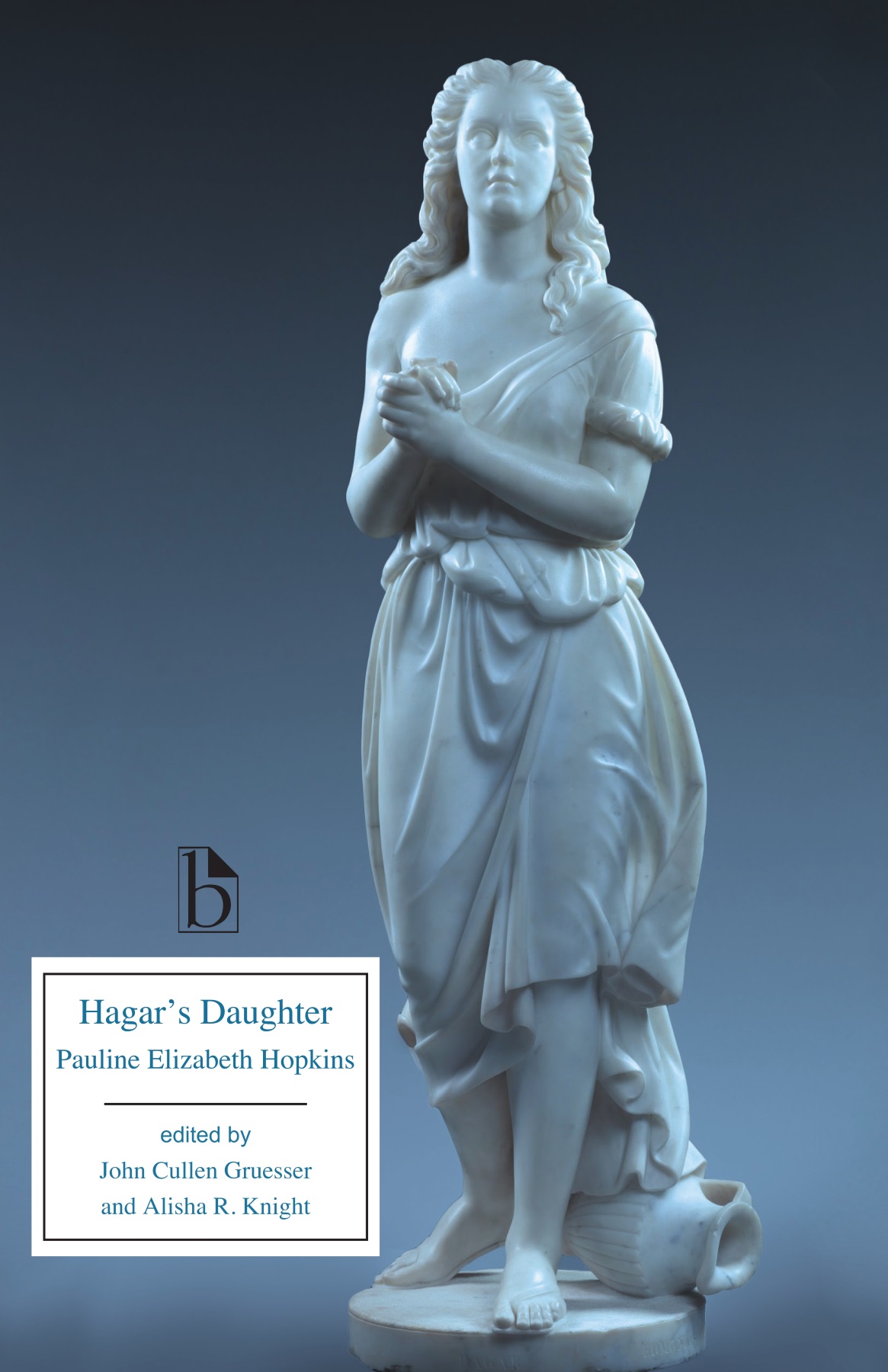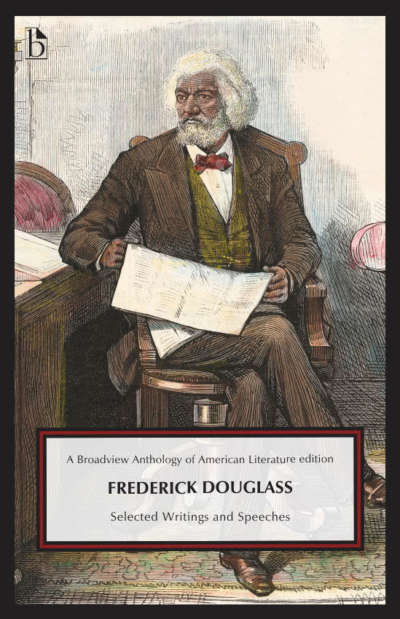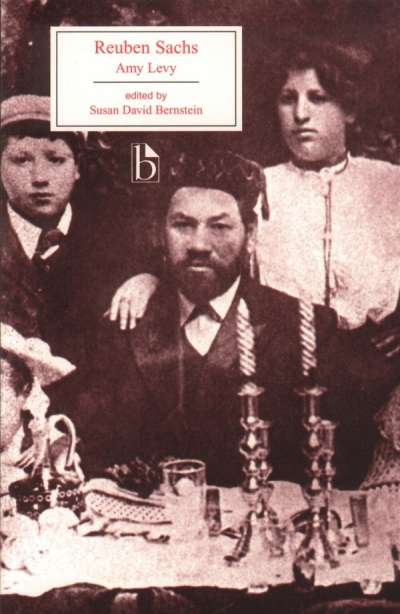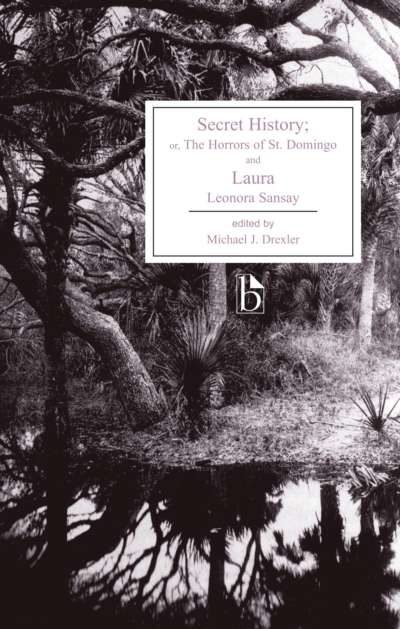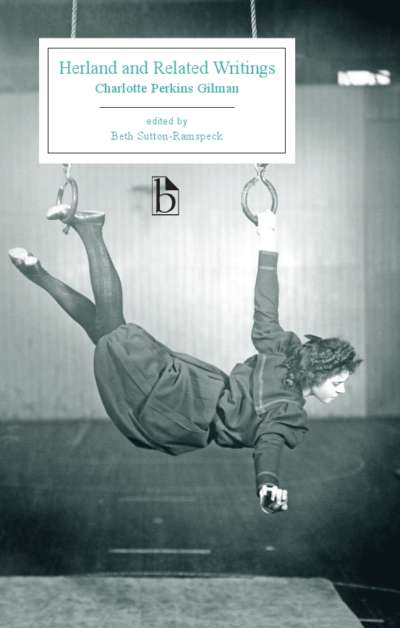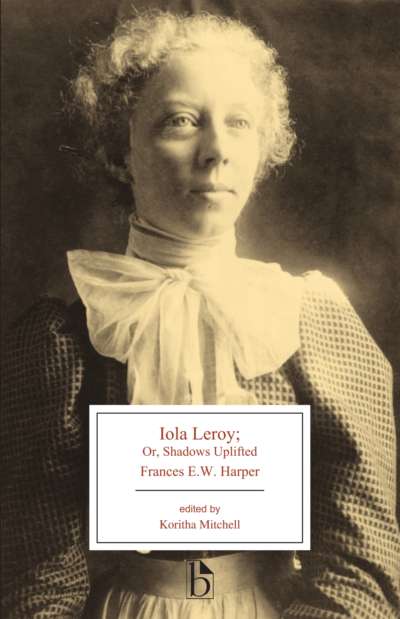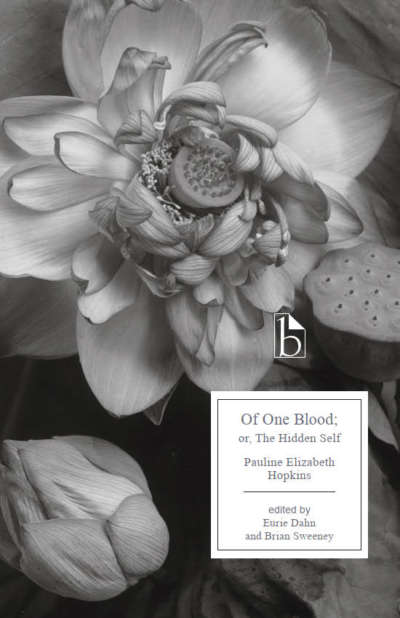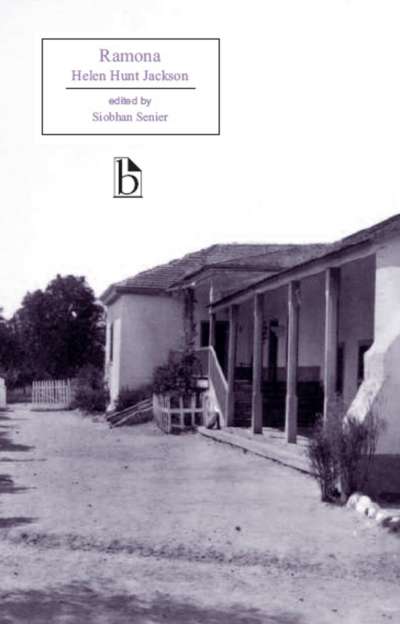
Hagar’s Daughter is Pauline Elizabeth Hopkins’s first serial novel, published in the Boston-based Colored American Magazine (1901-02). The novel features concealed and mistaken identities, dramatic revelations, and extraordinary plot twists, including a high-profile murder trial, an abduction plot, and a steady succession of surprises as the young black maid Venus Johnson assumes male clothing to solve a series of mysteries. Because Hagar’s Daughter demonstrates Hopkins’s keen sense of history, use of multiple literary genres, emphasis on gender roles, and political engagement, it provides the perfect introduction to the author and her era.
In the appendices to this Broadview Edition, advertising, other writing by Hopkins and her contemporaries, and reviews situate the work within the popular literature and political culture of its time.
Comments
“John Cullen Gruesser and Alisha R. Knight have recovered a new American classic by novelist and Colored American Magazine editor Pauline Elizabeth Hopkins. Hagar’s Daughter has it all: political intrigue, murder mystery, star-crossed romance, slave rebellion, and civil war history. A cogent introduction and relevant appendices provide excellent context for both the novice and scholar alike to appreciate the tumultuous US landscape navigated by Hopkins and her peers. The editors’ insightful inclusion of Hopkins’s selected nonfiction and her short story ‘Talma Gordon’ allow for a synergistic reading experience akin to how contemporaneous readers would have encountered the novel in its initial serial form alongside its original, iconic illustrations. This meticulously crafted edition enables a new generation to appreciate one of the most prolific and innovative Black women writers of the early twentieth century.” — Cherene Sherrard-Johnson, University of Wisconsin-Madison
“This deliberately curated modern edition of Hagar's Daughter provides a rich contextual literary, social, and historical backdrop for one of Pauline Elizabeth Hopkins's most engrossing novels. Readers, students, and teachers alike will be engrossed by the novel itself and enriched by the illuminating primary and secondary materials that reveal the challenges of race, prejudice, and family in post-bellum America and illuminate Hopkins's far-reaching creative genius.” — Lois Brown, Arizona State University
Illustrations
Acknowledgements
Introduction
Pauline Elizabeth Hopkins: A Brief Chronology
A Note on the Text
Hagar’s Daughter. A Story of Southern Caste Prejudice
Appendix A: Hagar’s Daughter Synopsis in the Colored American Magazine (1902)
Appendix B: Promoting Hagar’s Daughter
- 1. Cover of the Colored American Magazine (March 1901)
- 2. Advertisement for Contending Forces, Colored American Magazine (March 1902)
- 3. Subscription Advertisement for Colored American Magazine (March 1902)
- 4. From “Editorial and Publishers’ Announcements,” Colored American Magazine (March 1902)
Appendix C: Race/History
- 1. From Pauline E. Hopkins, “Hon. Frederick Douglass,” Colored American Magazine (December 1900)
- 2. John Greenleaf Whittier, “Moloch in State Street” (1851)
- 3. From “Gen. Robert Smalls,” National Republican (6 March 1886)
- 4. From Pauline E. Hopkins, “Munroe Rogers,” Colored American Magazine (November 1902)
Appendix D: The Figure of Hagar
- 1. Genesis 16 and 21
- 2. From Pauline E. Hopkins, “Artists,” Famous Women of the Negro Race, X, Colored American Magazine (September 1902)
- 3. Eliza Poitevent Nicholson, “Hagar,” The Cosmopolitan (November 1893)
Appendix E: Popular Genres and Literary Experimentation
- 1. From Pauline E. Hopkins, Peculiar Sam (1879)
- 2. Pauline E. Hopkins, “Talma Gordon,” Colored American Magazine (October 1900)
- 3. Pauline E. Hopkins, “A Dash for Liberty,” Colored American Magazine (August 1901)
Appendix F: Gender
- 1. From Pauline E. Hopkins, “Phenomenal Vocalists,” Famous Women of the Negro Race, I, Colored American Magazine (November 1901)
- 2. From J. Shirley Shadrach, “Furnace Blasts. II. Black or White—Which Should Be the Young Afro-American’s Choice in Marriage,” Colored American Magazine (March 1903)
- 3. From Pauline E. Hopkins to W[illiam] M[onroe] Trotter (16 April 1905)
Appendix G: Borrowings/Plagiarism/Signifying
- 1. Illustration from Harriet Beecher Stowe, Uncle Tom’s Cabin (1852)
- 2. From William Wells Brown, Clotel; or, The President’s Daughter, Chapter 2 and Chapter 25 (1853)
- 3. Fanny Driscoll, “Two Women,” Frank Leslie’s Popular Monthly (May 1884)
Appendix H: Contemporary Responses to Hagar’s Daughter
- 1. “The Colored Magazine,” Weekly Economist (15 March 1901)
- 2. From “Editorial and Publishers’ Announcements,” Colored American Magazine (March 1903)
Works Cited and Select Bibliography
John Cullen Gruesser is a Senior Research Scholar at Sam Houston State University. Alisha R. Knight is an Associate Professor of English and American Studies at Washington College.


